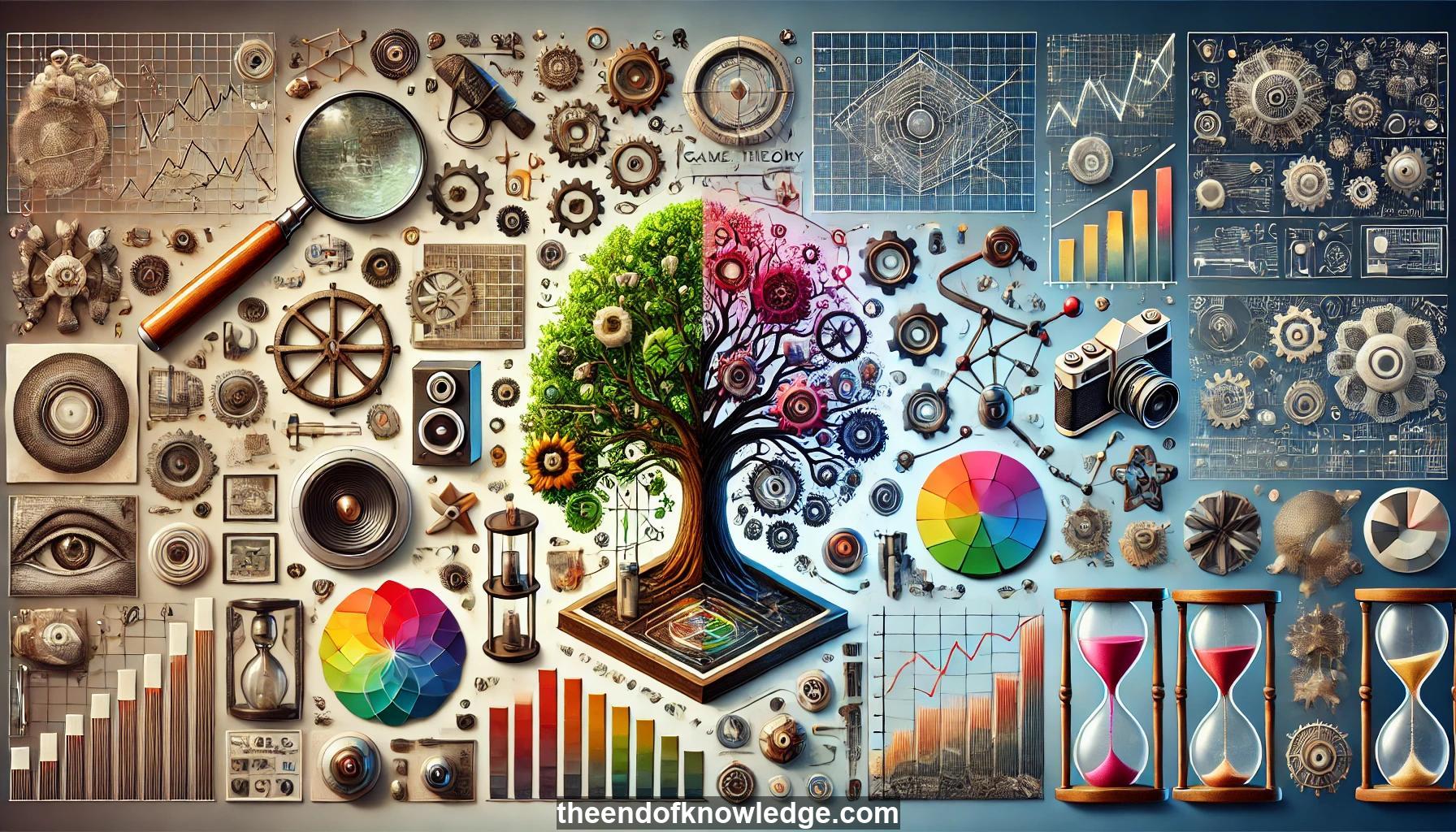 >
>
Concept Graph & Resume using Claude 3.5 Sonnet | Chat GPT4o | Llama 3:
Resume:
1.- Explaining tree-based machine learning models is challenging, even for simple decision trees.
2.- Measuring feature importance in decision trees is tricky and often depends on tree structure.
3.- Shapley values from game theory provide a desirable way to measure feature importance in decision trees.
4.- TreeSHAP reduces exponential complexity of Shapley values to polynomial time for tree-based models.
5.- SHAP values can be used to explain entire datasets and represent global model structure.
6.- SHAP values are closely related to partial dependence plots for simple models.
7.- Complex models can capture non-linear relationships better than high-bias linear models.
8.- Linear models may assign weight to irrelevant features when applied to non-linear data.
9.- SHAP values can be used to create summary plots showing feature importance and interactions.
10.- SHAP interaction plots reveal how features interact to affect model predictions.
11.- SHAP values can be used to explain model loss, useful for model monitoring.
12.- SHAP-based monitoring can detect subtle data drift and bugs that affect model performance.
13.- Generative Adversarial Networks (GANs) can synthesize photorealistic images with diverse characteristics.
14.- GAN dissection interprets internal units of generators as object synthesizers.
15.- Latent space of GANs controls various semantic aspects of generated images.
16.- Random walks in GAN latent space reveal smooth transitions between different image attributes.
17.- GAN dissection allows interactive editing of synthesized images by manipulating internal units.
18.- Interpreting deep generative models helps understand how they synthesize realistic images.
19.- GANs consist of a generator and discriminator trained adversarially.
20.- Latent semantics in GANs include internal units and the initial latent space.
21.- Semantic segmentation helps associate labels with internal GAN units.
22.- GAN dissection identifies units specialized for synthesizing specific objects or textures.
23.- Controlling GAN units allows adding or removing specific content in generated images.
24.- The latent space of GANs encodes various semantic attributes of generated images.
25.- Visualizing random walks in GAN latent space reveals smooth transitions between image attributes.
26.- Interpreting GANs helps understand learned image compositions and content representations.
27.- GAN dissection correlates unit activations with semantic segmentation to identify unit functions.
28.- Interactive editing of GAN-generated images is possible by manipulating identified semantic units.
29.- The initial latent space of GANs is the primary driver for synthesizing diverse images.
30.- Visualizing GAN latent space transitions reveals encoded semantic concepts like color, layout, and object presence.
Knowledge Vault built byDavid Vivancos 2024